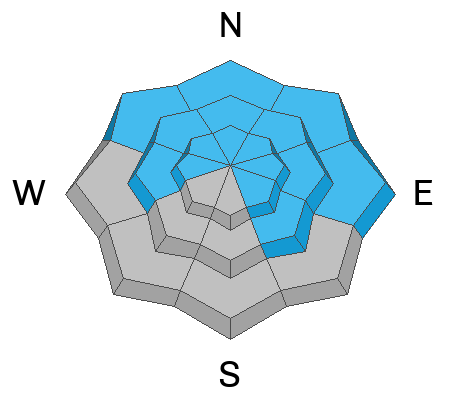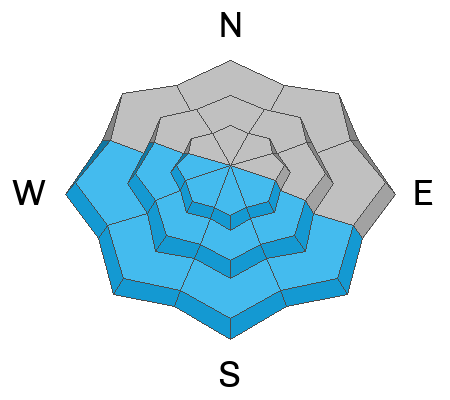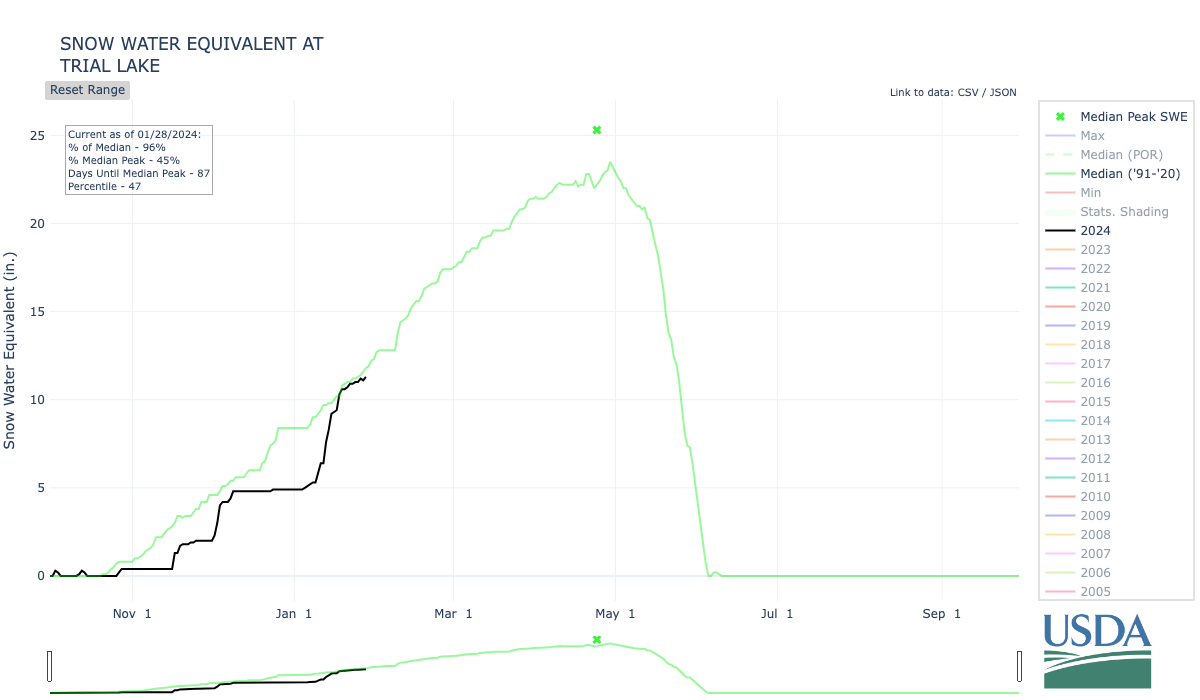Forecast for the Uintas Area Mountains

Issued by Craig Gordon on
Tuesday morning, January 30, 2024
Tuesday morning, January 30, 2024
What happened? I closed my eyes for just a minute, took a nap, but must've slept through February-
Look for MODERATE avalanche danger as strong sunshine and continued warm temps may irritate the mid December drought layer, now buried deep in the snowpack. Becoming more the exception then the rule, human triggered avalanches are still POSSIBLE, particularly on steep, rocky slopes facing the north half of the compass
In addition, MODERATE avalanche danger is found on steep sunny slopes, where damp, loose avalanches come to life, especially during the heat of the day.
Note to self... this isn't your generic, run-of-the-mill MODERATE avy danger. In fact, this juncture of our snowpack lifespan takes some thinking with intent, particularly if I'm stepping into bigger terrain. Even though the odds of triggering a slide have decreased, the consequences remain the same... catastrophic if I make the wrong call. Deciding to "step out" takes some thought. I aim for places with a deeper snowpack and a clean runout zone, free of trees and rocks that will deliver major trauma. It may be counterintuitive, but slopes with thinner snow are the most likely places to trigger a slide that can quickly get out of hand as they fracture into deeper portions of the snowpack.

Low
Moderate
Considerable
High
Extreme
Learn how to read the forecast here









